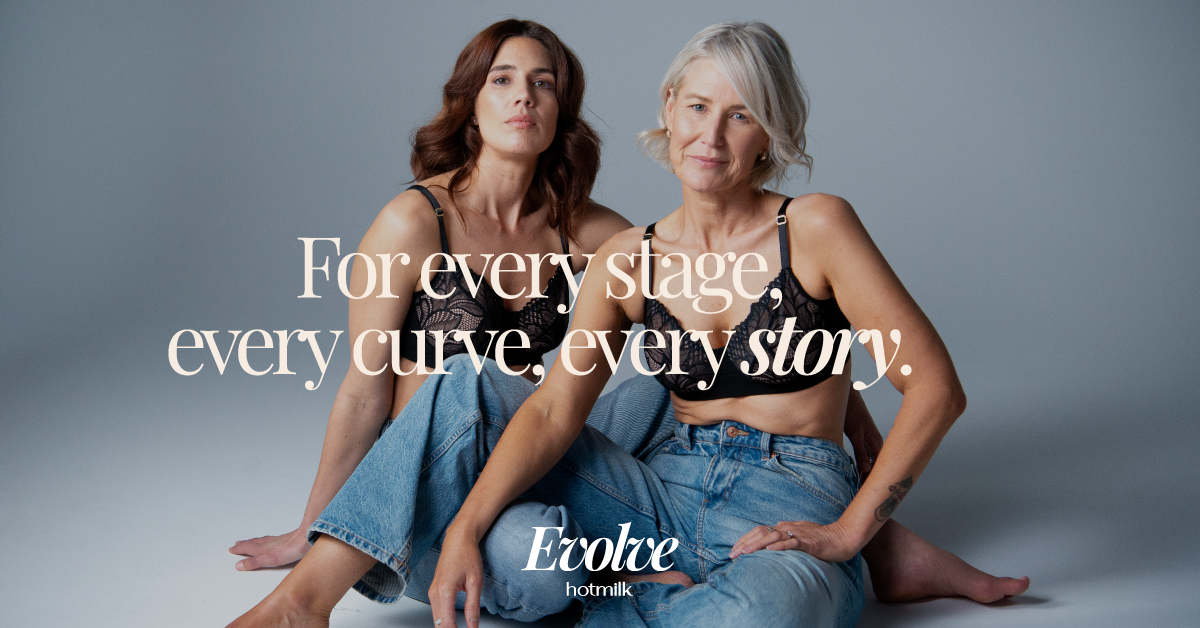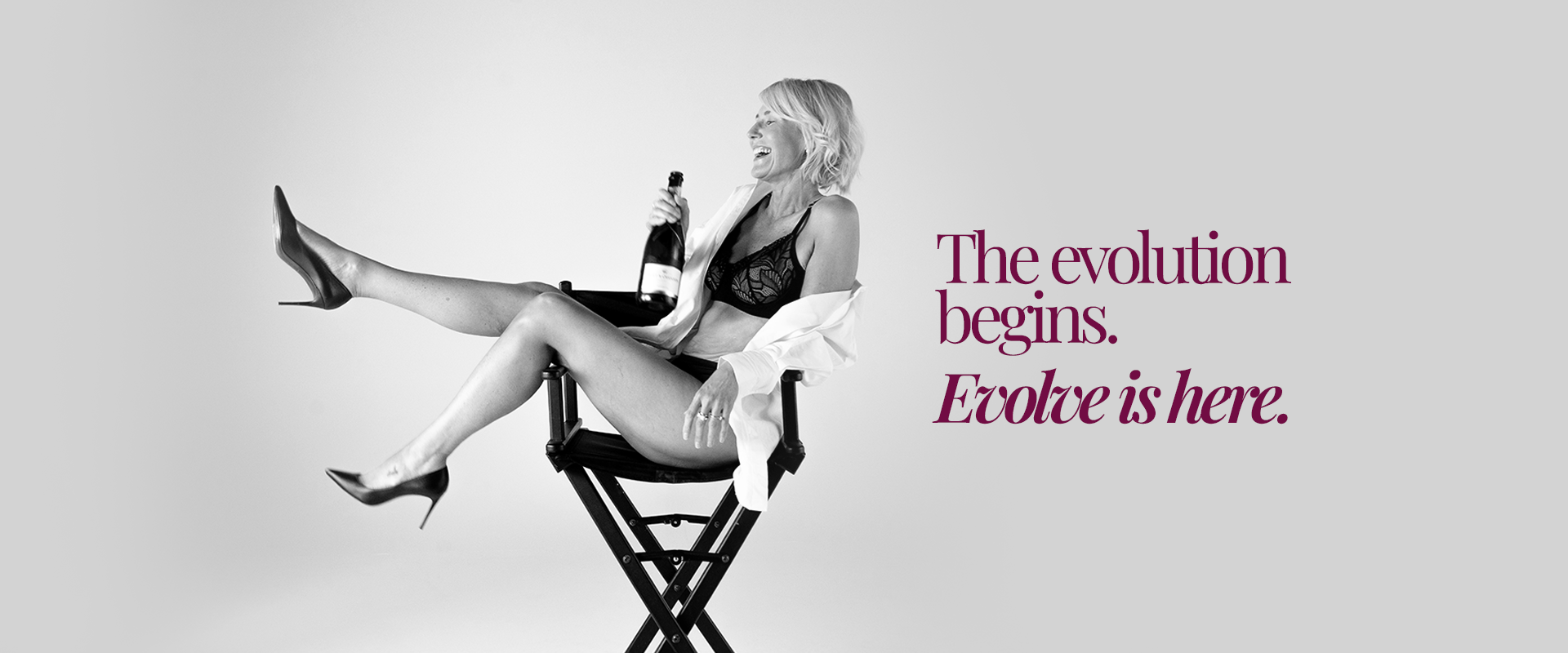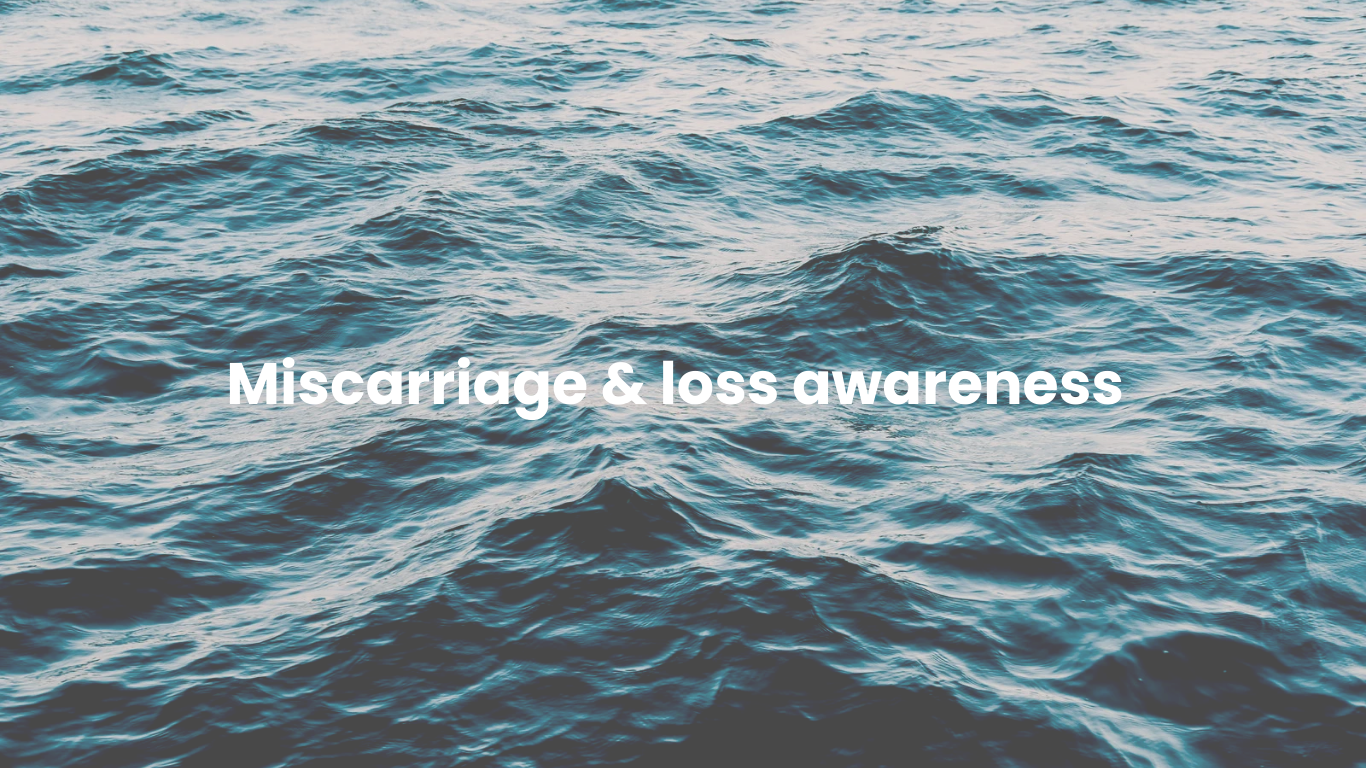As women, our bodies are our empires — yet too often, we forget to honor them the way they deserve. Through every stage of life, whether we’ve had children or not, our bodies carry us, adapt, and evolve. And while trends come and go, what we truly need is something timeless: a bra that simply fits.
Let’s be honest — our bodies are always changing. Yet so many women remain stuck in bras that no longer serve them, long after motherhood, aging, or other life transitions. Our bodies have carried us through so much; shouldn’t we take the time to support them in return? When we nurture ourselves, the reward is exponential — confidence, comfort, and a sense of empowerment that helps us evolve.
Not only do hormonal shifts influence how our bodies feel and function, but there are also significant physiological changes that occur over time — particularly in the breasts. These changes aren’t just about appearance; they affect comfort, support, and how lingerie fits. Understanding them can help us make better choices when it comes to bras, ensuring that every piece we wear supports us — literally and figuratively — through life’s transitions.
What actually happens – changes to tissue, shape, support needs.
1. Changes in Breast Tissue
-
Loss of glandular tissue: Milk production decreases, so breasts may feel softer or less full.

-
Increased fatty tissue: Breasts may feel lighter or more uneven as fatty tissue replaces some glandular tissue.
-
Changes in density: Breasts often feel less firm, and the skin may be more delicate.
2. Changes in Shape
-
Dropping or sagging: Loss of volume can cause a change in breast position, leading to a lower profile.
-
Asymmetry: It’s common for one breast to be slightly different in size or shape than the other.
-
Wider base: Breasts may spread more toward the sides, changing how they sit in traditional cups.
3. Support Needs
-
Lift and shaping: Softer tissue requires bras that provide gentle lift without squeezing.
-
Adjustable support: Expandable straps, multi-hook closures, or adaptive cups accommodate fluctuating sizes.
-
Comfort and flexibility: Sensitive skin and changes in fullness make soft, breathable fabrics and smart construction key.
Why regular bras don’t quite fit right
After major life changes — like pregnancy, breastfeeding, hormonal shifts, or simply time — your body evolves. And that includes your breasts. Most traditional bras are designed for a static body shape, assuming that firmness, density, and placement stay the same over time. But the truth is, our breasts are constantly changing— it’s not your body that’s the problem; it’s the bra. Your body has evolved, and your lingerie should evolve with it.

Introducing — Evolve, a range designed for confidence, comfort, and empowerment beyond breastfeeding.
When we were designing this new collection, we wanted every detail to serve a purpose — to honour the body as it changes. Flexi-wire for lift and shape, smoothing panels for support where it’s needed most, and adaptive cups that move with you, not against you.
Because every woman deserves to feel this good — beautifully supported, endlessly confident, and free to evolve.
The Evolve Collection was created for the women who have done it all — who have nurtured, grown, and changed — and now deserve lingerie that celebrates every curve of who they’ve become.
✨ It’s time to evolve with us.
Discover the Evolve Collection here






